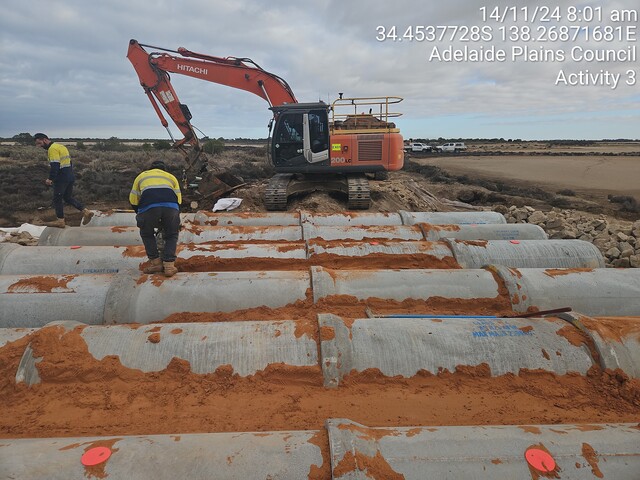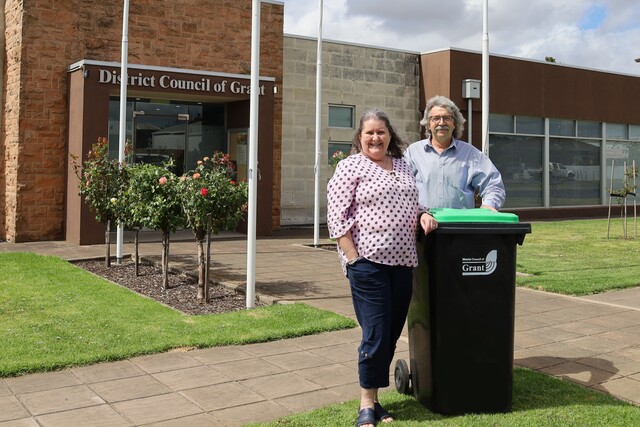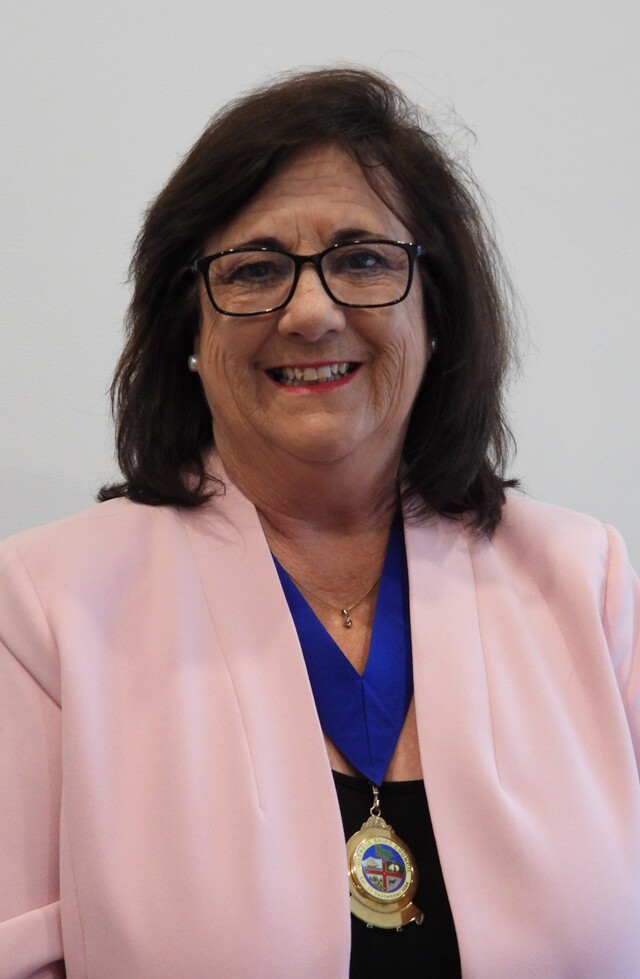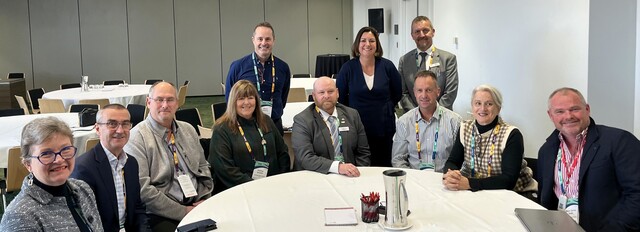The national Road Saftey Black Spot Programme
$44.5 million a year 50% for rural Australia
A message from Senator Ron Boswell
“Since 1996 the Black Spot Programme has proven to be effective in saving lives and reducing injuries throughout Australia. If you know of a road black spot that needs action, I urge you to nominate it for the Federal Government’s National Black Spot Programme. With continued support from local councils and the community, we can make our roads safer by eliminating some of our most hazardous road locations”
Crashes cost big dollars
Each year, around 1800 people are killed, 22 000 are seriously injured and 60 000 receive minor injuries in road crashes in Australia. These crashes cost Australia an estimated $15 billion every year.
Federal commitment to safer roads
Under the National Black Spot Programme, introduced as part of the Federal Government’s commitment to reducing the nation’s road toll, $44.5 million a year is available for road-related improvements to the year 2006. To date, the program has provided $227 million for more than 2200 projects around Australia.
Projects have included:
- roundabouts
- traffic signals
- roadside shoulder sealing
- turning lanes
- guard railing
Rural Australia benefits
The repercussions of any road crash are serious and are often devastating for a small community. Rural Australia endures a high proportion of the annual national road toll. In response to the high severity of crashes in rural Australia, approximately half the funding is directed to projects in non-metropolitan areas. This ensures hazardous road locations in regional and rural areas are also addressed as a matter of priority.
A fair go for all
To ensure all nominations are fairly assessed, consultative panels have been established in each State and Territory. The panels consist of representatives drawn from community and road-user groups; transport industry; and Federal, State and Local Government agencies. The panels provide comment on nominations for Black Spot sites to the Federal Parliamentary Secretary, Senator Ron Boswell.
Getting results
The Bureau of Transport Economics completed a comprehensive ‘before-after’ evaluation of the Programme in 2001. The Bureau’s findings confirmed that the programme has been highly effective, preventing at least 32 fatalities and more than 1500 serious injuries in its first three years and reurning an average $14 in benefit for every $1 invested.
How to nominate a site
Anyone can nominate a Black Spot site. Individuals, communities and local councils are all encouraged under the program to nominate a site of concern. This helps ensure local concerns are addressed. Eligible sites can be nominated by filling out the form attached to the Black Spot brochure and posting it to the Black Spot Consultative Panel in your State or Territory.
Black Spot case Study – Springvale St. James Avenue and St. Johns Avenue
Springvale is a residential, retail and industrial suburb in Melbourne’s south-east. The main thoroughfare is Springvale Road, which carries 35,000 vehicles per day and is bordered by a significant local strip shopping centre. The surrounding local streets include two schools, a medical centre, childminding facilities and car parks that service the retail precinct.
Crash analysis
The intersection of St James Avenue / St Johns Avenue, which is located in this precinct, was an accident black spot. St James Avenue carries in excess of 2000 vehicles per day and the intersection was controlled with give way signs. An analysis of crash records indicated that sixteen casualty crashes had occurred at the intersection in the five years since 1994, all involving vehicles turning right across oncoming traffic. Nine of the sixteen crashes involved a southbound vehicle. While fortunately there were no fatalities over this period, sixty-three people were involved in casualty crashes at this intersection. A site investigation suggested that the intersection had a strong “see through affect” where drivers travelling south may have been unaware of the intersection or believed they had priority.
Traffic engineers determined that the best treatment to eliminate the “see through affect” and address the intersection’s crash history would be to construct a roundabout to manage traffic flow and, more importantly, influence drivers’ perceptions as they approached the intersection. Roundabouts are known to be highly effective at reducing cross traffic accidents, with research indicating that crash reduction of up to 85 per cent can be achieved. The project was estimated to have a benefit-cost ratio in the order of 36, that is, for every dollar spent benefits of thirty-six dollars could be expected.
Black spot funds make a difference
Federal funding was approved under the 1999/2000 programme and the roundabout was completed in June 2000 by the City of Greater Dandenong at a cost of $50,000. Since installation two years ago, there have been no casualty crashes recorded at the intersection. A comparison of before and after photos illustrates the dramatic visual difference that drivers are confronted with when approaching the intersection.
It is the process of accident review and treatment selection that underpins the success of the National Black Spot Programme. Since 1996 more than 570 black spot treatments have been implemented in Victoria at an average cost of approximately $90,000 per treatment. A recent evaluation of the programme’s first three years by the Bureau of Transport Economics showed that projects implemented within Victoria achieved an overall benefit-cost ratio of twenty. The St James Avenue / St Johns Avenue project is an excellent example of low cost, high return road safety engineering treatments.
To obtain Black Spot Programme information brochures, contact the Black Spot Programme Manager Department of Transport and Regional Services, PO Box 594, Canberra ACT 2601. Phone: 02 6274 7467, Fax: 02 6274 7677 or visit our website at: www.dotars.gov.au







